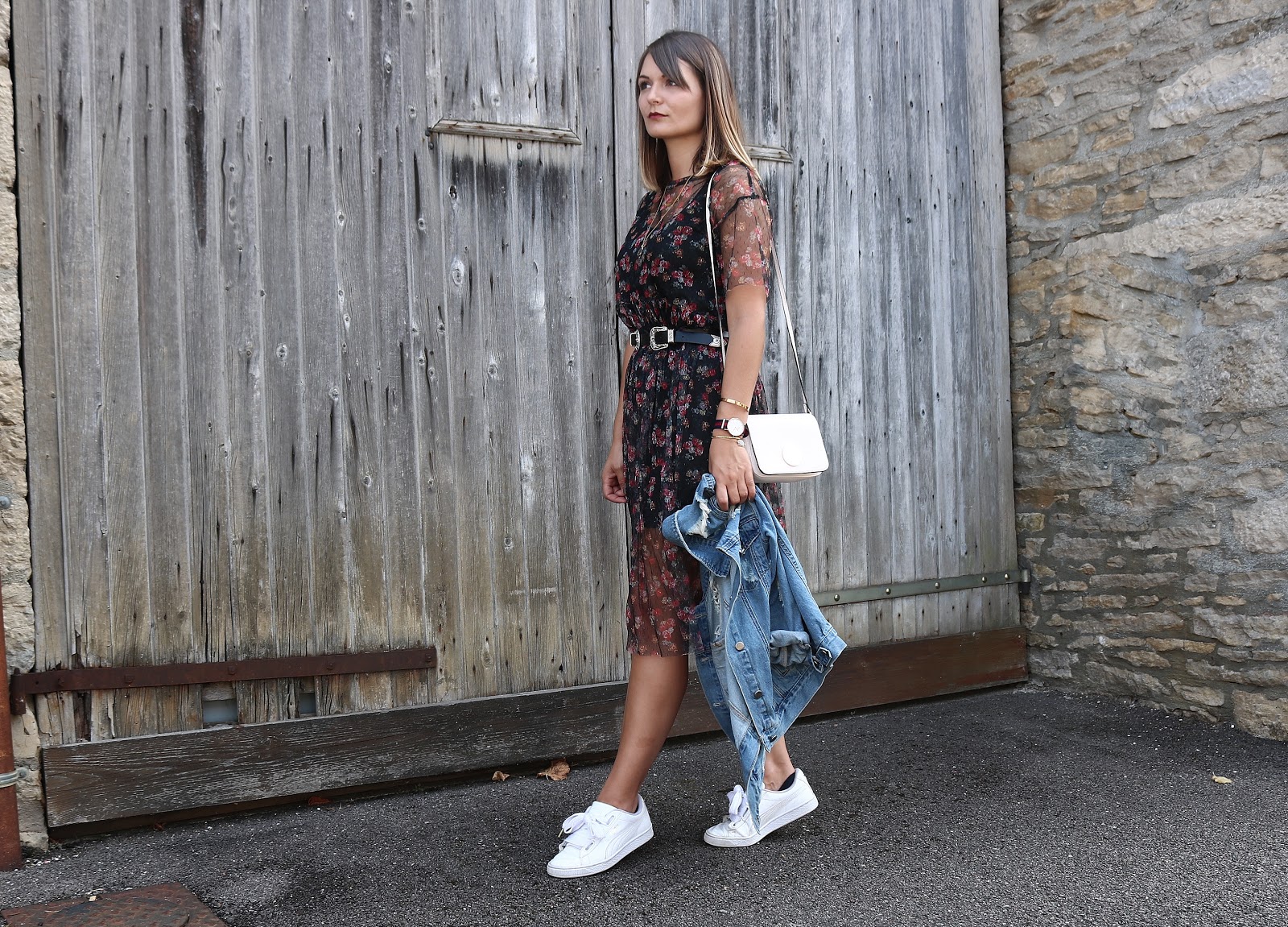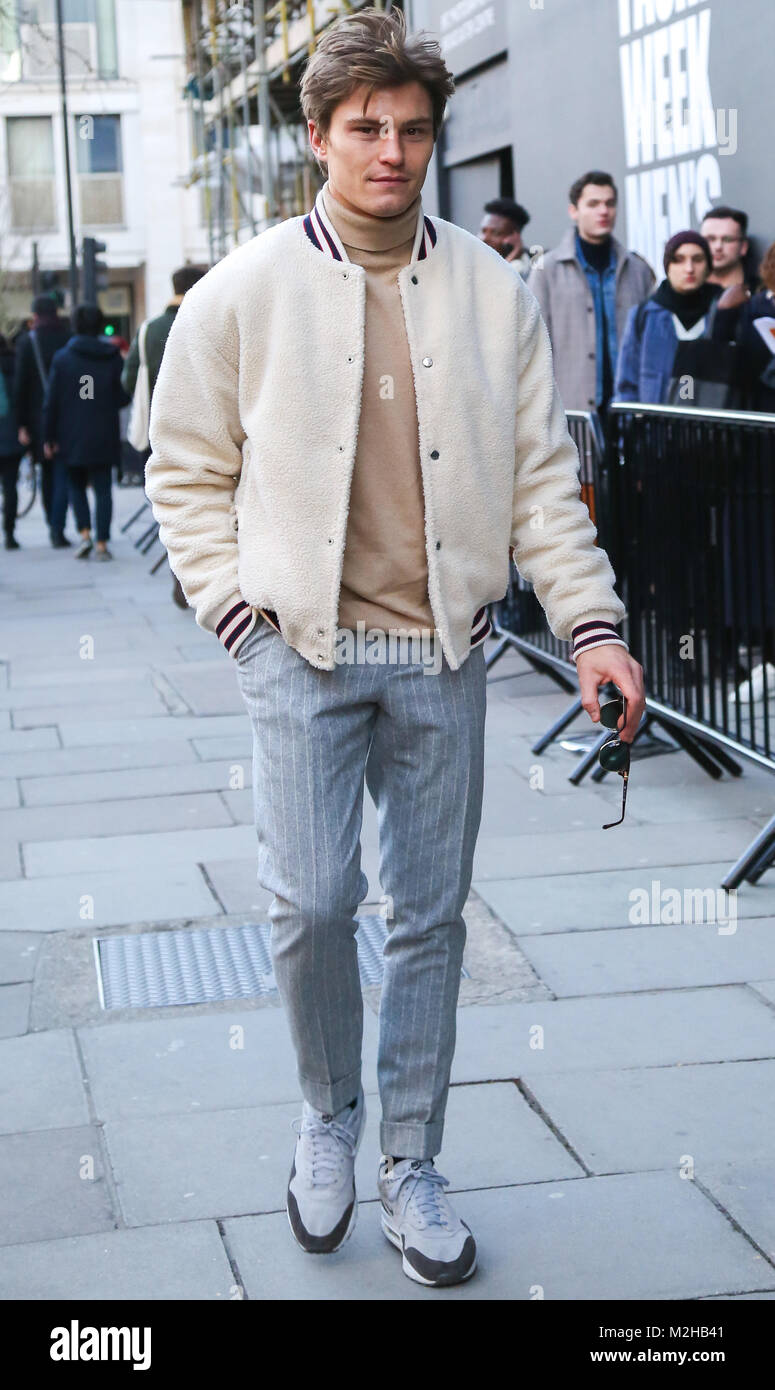
Fashion had a profound impact on society in the 19th century. There were many fashion trends, from the fabrics to the styles of clothing. This article will give an overview of the period, and the elements that shaped how women dressed. We'll also talk about reformers, fabrics types, and periodic fashions.
Styles
Fashion in the 19th Century was marked by elaborate, colorful, and sometimes gaudy textiles. In this era, there were changes in our consumption habits. In the late 1800s, mail order changed the way people bought or sold clothing. People could send clothing and accessories via train or telegram. It was very similar to today's online shopping habits.
The waistcoat was becoming increasingly elaborate and more voluminous. It was made of rich, jacquard-woven and silk. It draped over the shoulders with floral or paisley patterns. The Spencer jacket was also popular and fastened high around the neck. The sleeves of this jacket were sufficiently long to cover the hands. Winter months were also a common time for pelisses.

Periodicals
Periodicals in the 19th century were a huge source of information about fashion. More than 100,000 fashion periodicals were printed during this period. Some have continued to be published as academic journals. The Lancet began publication in 1823. Titbits is another notable publication that was published during this time. This publication was mentioned in George Orwell’s novel Animal Farm. Other early fashion periodicals included the Ladies Mercury, which first appeared in 1693, and the Young Ladies Journal, which first appeared in 1823.
As the global economy grew, and postal rates rose worldwide, magazine publishing saw a boom. But the gap between high quality magazines and low-cost weeklies remained. By the 1830s, cheaper women's magazines began to appear. These magazines contained a lot of moral and intellectual content. Some titles, like Lady's Magazine, are geared towards fair-sex women.
Fabrics
The 19th century saw major changes in fabric design. New silhouettes were created for women's dresses. Some fabrics were restricted to women's wear, while others were for men. The Industrial Revolution changed the way textiles were made and used. New innovations in the textile sector allowed plain and patterned fabrics to be produced faster and at a lower cost. This made fabric much more affordable for a wider population.
Even though textiles became cheaper, good quality silks remained costly. Many nineteenth-century silk dresses were made with silks from the eighteenth century. Many women would pass on their dresses to their children. As a result, it is extremely rare to find an eighteenth century dress that has not been altered.

Reformers
Women of the 19th Century wore many styles of clothing. Many of these outfits were inspired the Reform movement. Women used to wear long dresses with tight corsets during this period. But, by the turn of the century, they were wearing looser dresses that didn't require corsets. Many women also started wearing suffragist dresses, which were typically white, as a symbol of purity and moral superiority.
The fashion reformers were not the only ones who made a difference. There were also reformers involved in interior design and architecture. In Germany, the British Arts and Crafts movement was particularly influential. Reformers from Austria also participated in the reformation of women's clothing. Henry van de Velde Architect, for instance, was a champion of the art nouveau style. He also wrote about the aesthetics and dress choices for women. He believed that interior design should follow the modern architecture.
FAQ
Which is better: designer or name brand?
Designer clothes can be more affordable than clothes from the same brand. But, they are made with less expensive materials.
Name brand clothes tend to be made from better quality materials. They are more durable and last longer.
Is it wrong to be different?
No. You don't have to dress the same as everyone else. Individualists are people who dress differently from other people.
Some people believe individualism implies bad dressing. But, no matter what style they choose, anyone can dress well.
What is the difference in quality between high-end and affordable clothing?
Cheap clothing is usually low-quality and limited in features. The most expensive clothing, however, has many more features.
High-end brands tend to be more popular among celebrities and models. These clothing styles are frequently seen at red carpet events or runway shows.
Statistics
- Finally, Express carries petite sizes, which, according to the retailer, are meant for women 5'4″ and under. (collegefashion.net)
- The lowest 10 percent earned less than $32,150, and the highest 10 percent earned more than $124,780. (en.wikipedia.org)
- Nano influencers have less than 10K followers and have the highest engagement rate with 4%. (thetechfashionista.com)
- Also, they are known for offering up to 50% off quite often – always wait for the sales with Express! (collegefashion.net)
- Another ethical fashion company, [43] Consumption as a share of gross domestic product in China has fallen for six decades, from 76 percent in 1952 to 28 percent in 2011. (en.wikipedia.org)
External Links
How To
How To Find The Best Accessories To Match Your Fashion Style
The Best Accessories to Match Your Fashion Style. We'll be discussing different accessories like jewelry, handbags scarves sunglasses, belts, ties and shoes.
You need to know which type of clothes you prefer. It is important to dress according your age, body shape, or gender. A man should avoid long shirts and short skirts. It makes you look more feminine. On the contrary, if you're a woman, you shouldn't wear too short dresses and shorts, which make you look younger than you really are.
When looking for accessories to match a particular outfit, you need to first consider the color and style of the clothes you intend on wearing. It would be good to complement the colors of the clothes you intend to wear. So you don't clash with your outfits. Consider the size of your clothing. You should choose smaller accessories to match if the clothing is too large.
It is important to consider the season when selecting accessories. While bright accessories are more popular in winter, pastels and muted colors are recommended for summer. When buying accessories, you should also check their durability. Accessory such as bracelets, necklaces, and earrings can easily be broken, so make sure you only purchase accessories made of durable materials.
Accessories should be priced carefully. There are many cheap accessories available in the market. But they may not last very well. It is important to choose high-quality products that last longer than they cost and have a lower price.
A second factor to consider when shopping accessory is the material they are made of. Materials such as leather, silk, cotton, wool, and synthetic fibers are durable and easy to maintain. There are cheaper options, however, such as nylon, vinyl and plastic. These are much easier to maintain and clean.
Consider the design of your accessory. If you're purchasing one for yourself then it's important that you choose an accessory that fits your personal style. If you are buying one for someone else then make sure you get accessories that match their style.